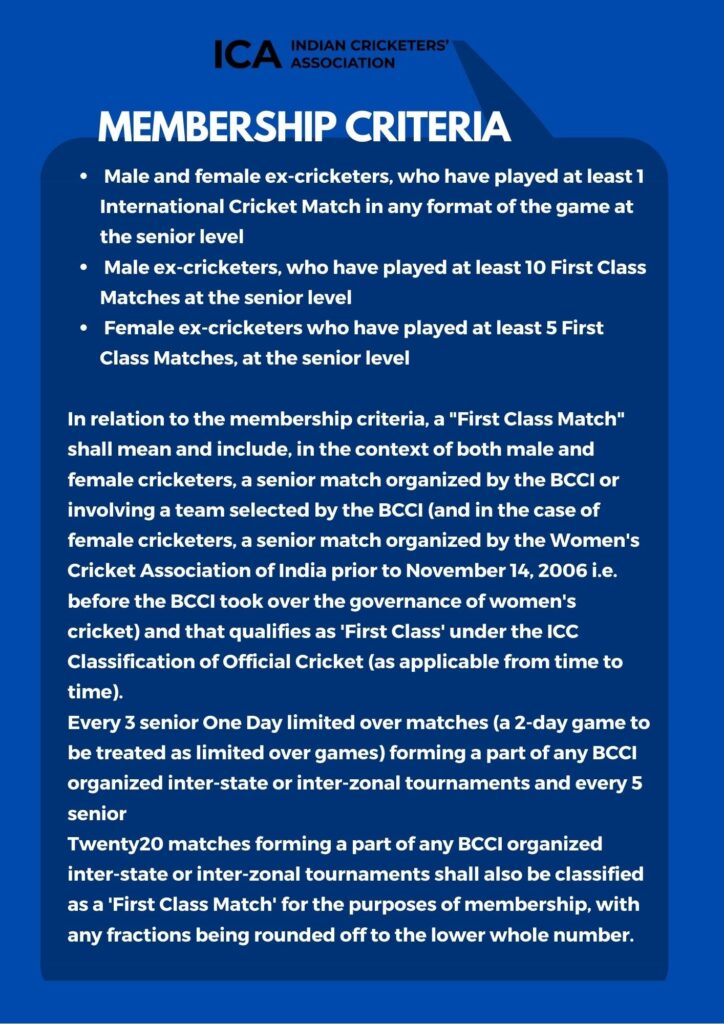INDIAN CRICKET HAS COME A LONG WAY SINCE INDEPENDENCE

By: Partab Ramchand
Email: partabramchand@yahoo.com
Aug 16, 2022: As the country celebrates 75 years of independence, Indian cricket enjoys an exalted status on and off the field. It has the best overall ranking – No 1 in T-20 internationals, No 2 in Tests and No 3 in ODIs and has some of the leading players in world cricket. It is also the game’s superpower in more ways than one and over the years cricket an Anglo-centric sport has been converted into an Indo-centric one. India’s enormous passion for the game has been turned into a worldwide marketing tool.
Of course, it wasn’t always like this. For years Test cricket had virtually two divisions. The first (higher) consisted of England, Australia and the West Indies and the second (lower) consisted of India, Pakistan and New Zealand. South Africa were neither here nor there since they competed only against three nations. India and New Zealand suffered one setback after another from the thirties to the sixties and Pakistan who were elevated to Test status in the early fifties fared no better. Contests against England, Australia and West Indies were hopelessly lopsided particularly the Tests played in those countries. And when it came to touring India or Pakistan most of the stars stayed away citing sub-standard playing and living conditions. The list of leading players who never played in these two countries is long and cricketers who did condescend to come wrote highly critical, even demeaning accounts in their books and in newspaper columns.
Contrast this with the scenario today. Every international cricketer worth his salt is eager to come to India. Every international cricketer wants to play in the IPL. Former and present players write only in glowing terms about India and Indian cricket and the cricketers. They love to appear on TV programmes and social media and are super keen to see their opinions given wide coverage in newspapers. They are aware that this is one way they can be in the limelight.
What brought about this metamorphosis in the attitude? In one word, money. As the whole world knows India virtually controls cricket because of its power to generate money. The figures associated with the IPL and the earnings of the BCCI – thanks to media rights, TV coverage of matches, advertising and sponsorship deals – are of the mind boggling and eye rubbing variety. Of course, this has also percolated to the cricketers and whether international superstars or domestic first-class players they are much better off now than they were more than half a century ago.
And Indian cricket on the field too is much better off than it was in those formative years. India is now able to hold its own in all countries while at home it is virtually unbeatable. Consider this with the image of the Indian cricketers 60 or 70 years ago when they lacked the will to fight and were technically and temperamentally ill equipped. The history of Indian cricket was punctuated – all too frequently – by shameful reverses. Just months following independence India were bowled out for 58 and 98 while losing to Australia by an innings and 226 runs. On an infamous occasion at Leeds in 1952, India lost their first four wickets without a run on the board. In the same series, at Old Trafford, India became the first team in Test cricket to be bowled out twice in one day – and for totals of 58 and 82. In the next Test at the Oval, India lost the first five wickets for six runs. A few years later, India lost a Test to West Indies at Calcutta by an innings and 336 runs – the second biggest margin of defeat in Test cricket. In the period 1967-68, India lost seven Tests on the trot. In 1959 and 1962, India lost all five Tests of the rubber to England and West Indies. During the period 1959 – 1968 India lost 17 successive away Tests.
With the likes of Sunil Gavaskar, Kapil Dev and Sachin Tendulkar showing the way over the last half century, Indian cricket has produced some of the greatest players in the game’s history. Also, India have won the World Cup in both limited formats as well as the Champions Trophy and have risen to the No 1 spot in the ICC Test rankings more than once. Indian cricketers hold several major world records. The gap between the major cricketing nations has considerably narrowed and India has taken the lead in seeing to this happening.
On and off the field India has made giant strides and can look back with a sense of satisfaction and even pride. And if on the field it has been the Gavaskars, Kapils, Tendulkars and others who have propelled Indian cricket into an exalted status off the field it has been the likes of Jagmohan Dalmiya and IS Bindra who ensured that the veto enjoyed by England and Australia, the ICC founder members was removed. That done, Dalmiya in particular, led the way by skillful manouevering in the boardroom to see that India became the engine that drove world cricket. Malcolm Speed the former ICC chief executive once spoke of Dalmiya’s “manic determination to make India a world cricketing power.” In his own way Dalmiya forced respect from countries long used to looking down on Indian cricket.
(Partab Ramchand is a veteran sports journalist, the views expressed here are personal.)

